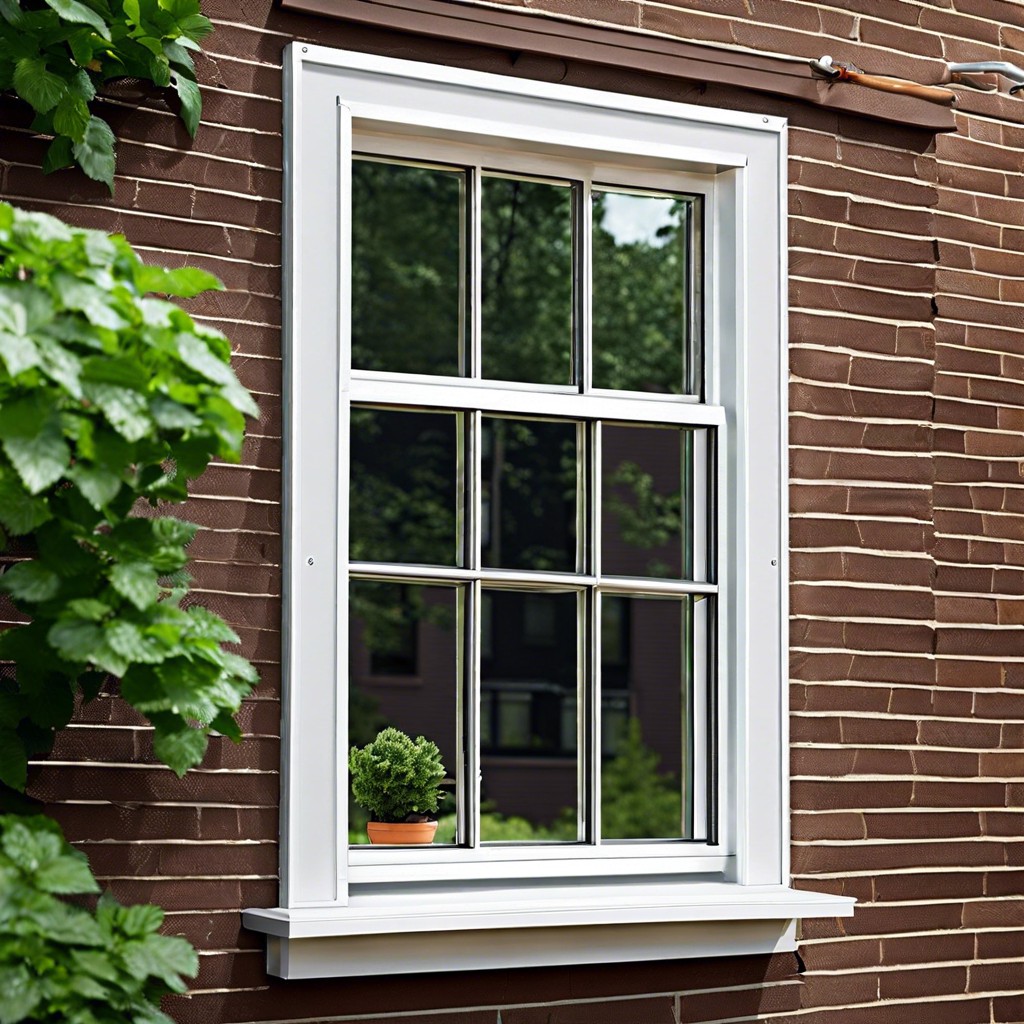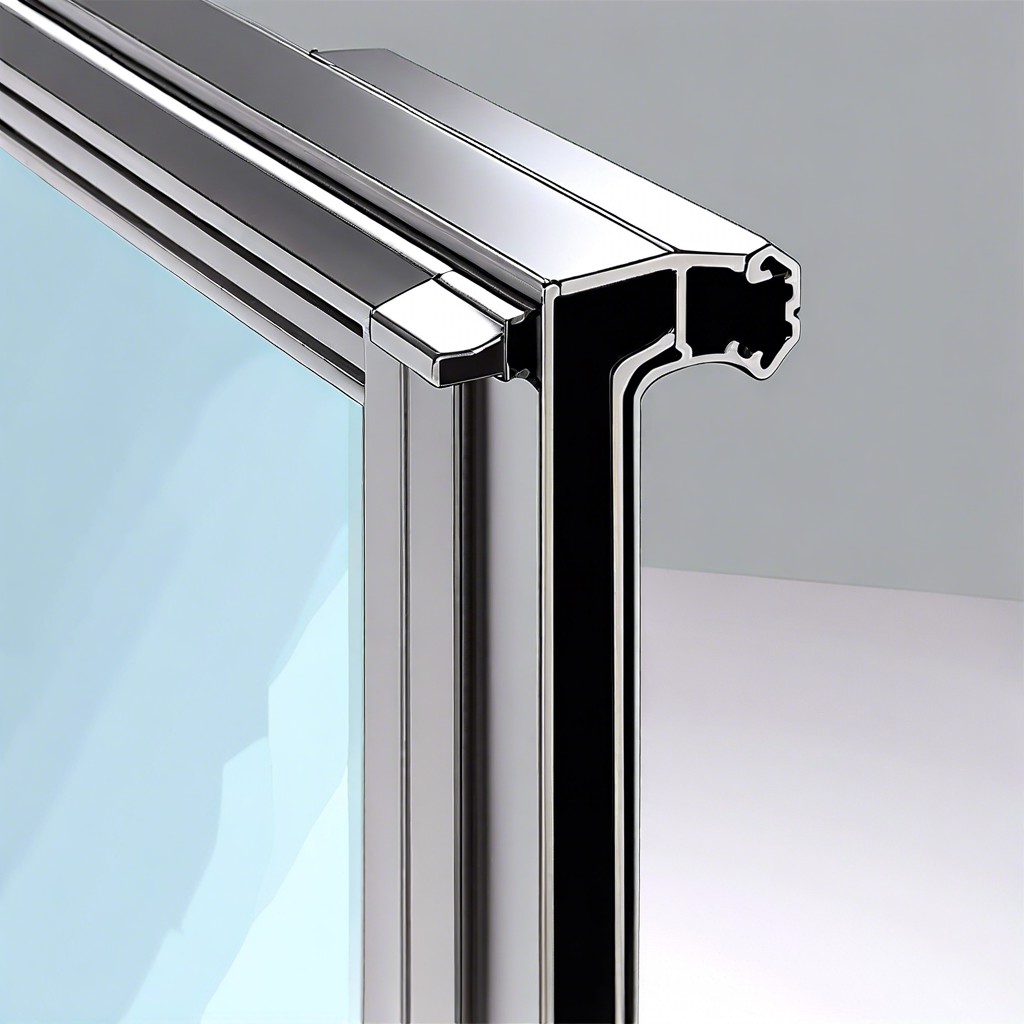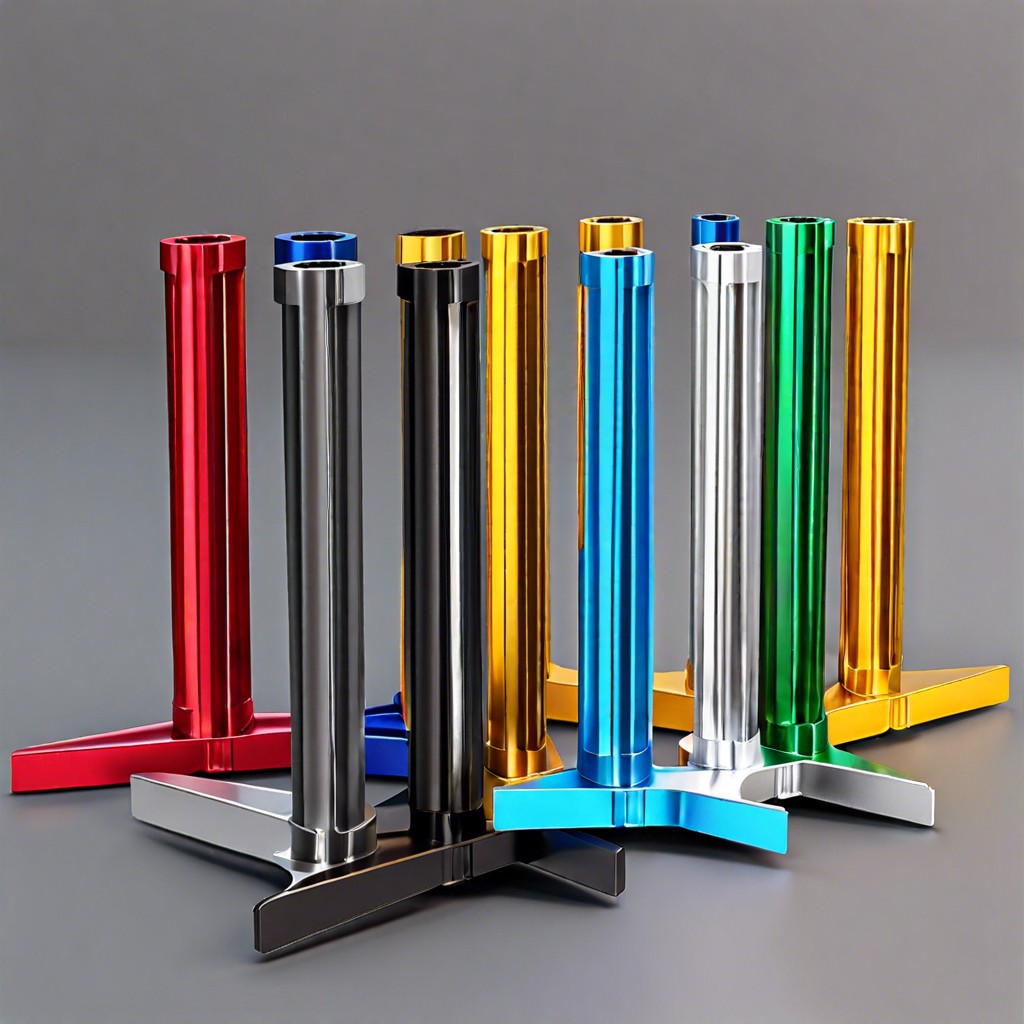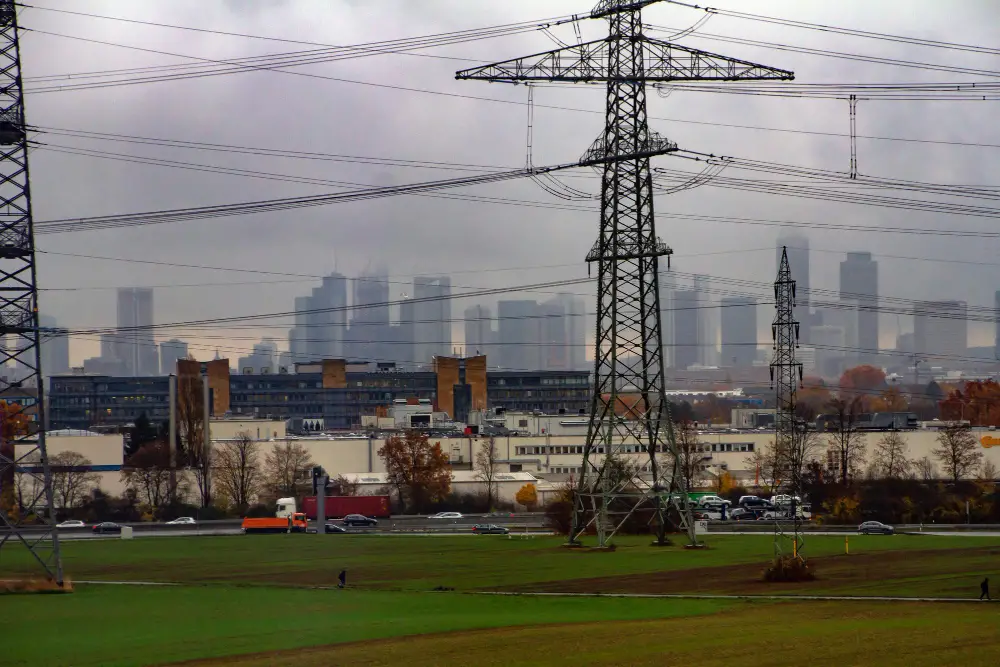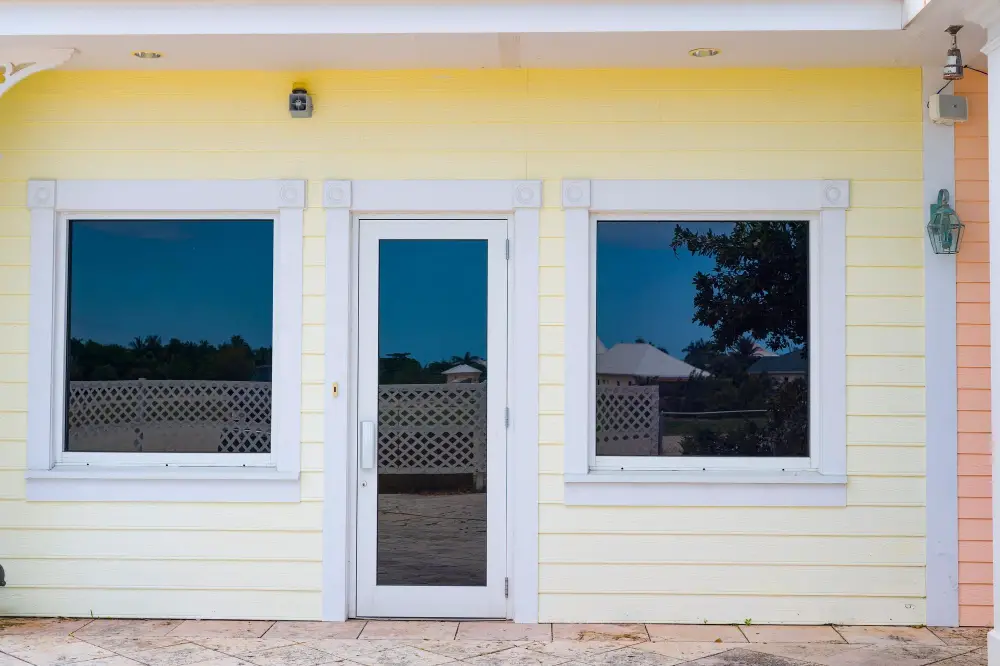In this blog post, we will explore the possibilities of window glazing and how it can improve energy efficiency.
As a child, I remember sitting by the window on chilly winter days, watching snowflakes dance in the air. But no matter how much I loved that view, I couldn’t help but feel the cold seeping through the glass.
Fast forward to today, and as a blogger writing about house windows, I know there’s so much more to windows than just providing a view. One crucial aspect of windows is their energy efficiency – something that can save you money on your energy bills and make your home more comfortable at the same time.
And one of the most significant factors affecting energy efficiency is window glazing. So let’s explore this topic together and see what possibilities it holds for us all!
Types of Window Glazing
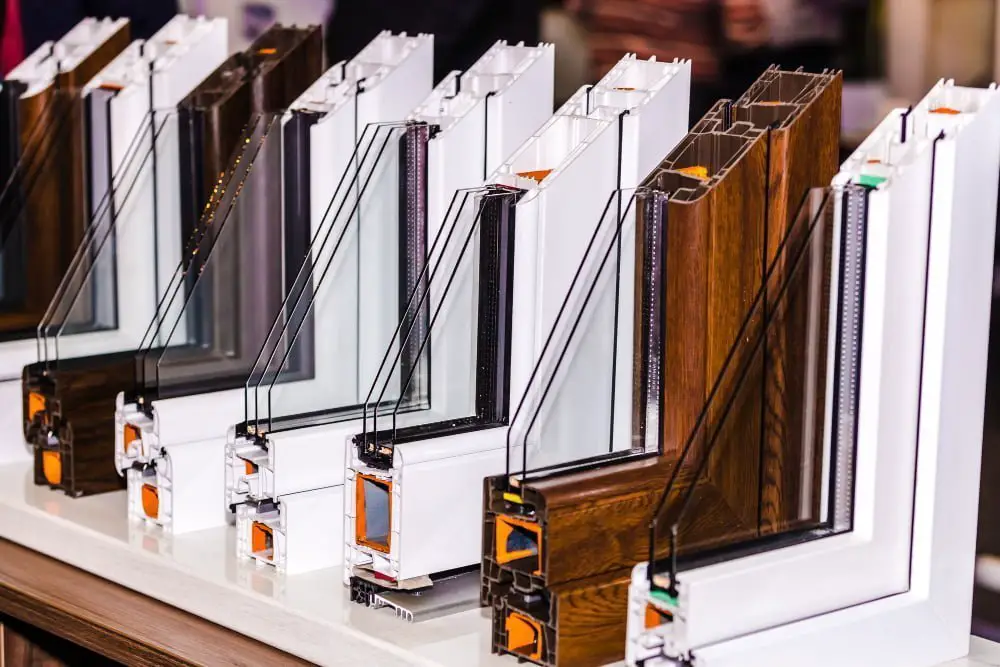
When it comes to window glazing, there are several types available in the market. Each type has its unique features and benefits that can impact your home’s energy efficiency.
For instance, double-pane windows have two layers of glass with a layer of air or gas between them that acts as insulation against heat loss or gain.
On the other hand, triple-pane windows offer even more insulation by adding an extra layer of glass and gas between them. Low-E (low-emissivity) coatings on window panes help reduce heat transfer through the glass while still allowing natural light to enter your home.
But how do you know which type is right for you? It depends on various factors such as climate, budget, and personal preferences. As a blogger writing about house windows for years now, I’ve seen firsthand how choosing the right glazing can make all the difference in terms of energy savings and comfort levels at home.
So if you’re looking to upgrade your windows soon or just want to learn more about this topic – stay tuned! We’ll be exploring different types of window glazing further in our next section!
Energy Efficiency Ratings
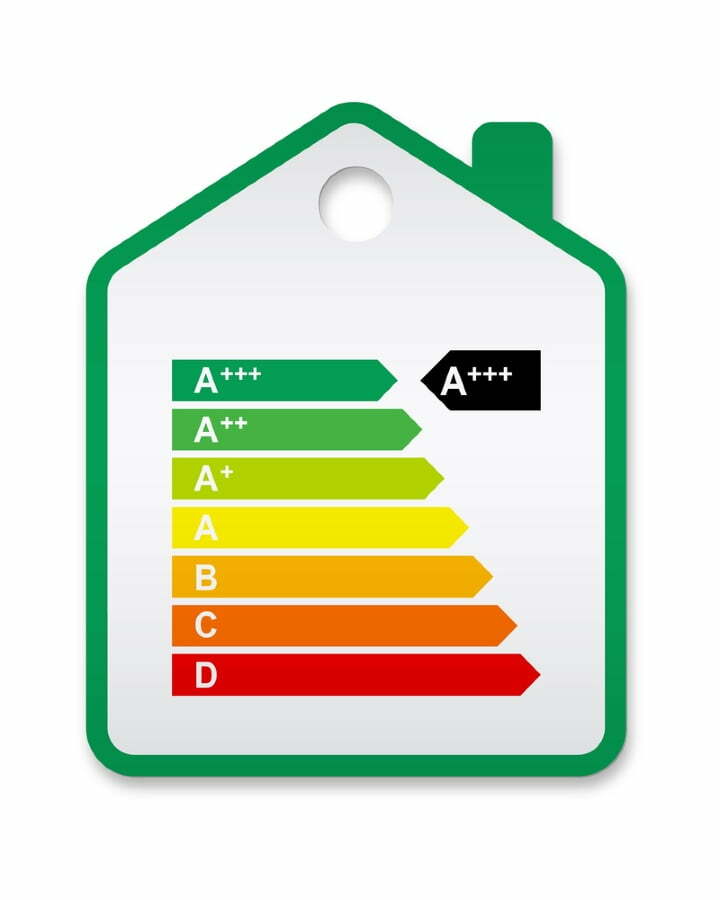
When it comes to energy efficiency, windows are rated based on their ability to keep heat inside during the winter and outside during the summer. This rating is known as the U-factor, with lower numbers indicating better insulation.
But that’s not all – there’s also a Solar Heat Gain Coefficient (SHGC) rating that measures how much solar radiation passes through a window and into your home.
As I continued my research on window glazing and energy efficiency, I realized just how important these ratings are for homeowners looking to save money on their energy bills while keeping their homes comfortable year-round. With so many options available in terms of glazing materials and coatings, it can be overwhelming trying to choose what will work best for your specific needs.
But fear not! In this article, we’ll explore some of the possibilities when it comes to window glazing options that can help improve your home’s overall energy efficiency without sacrificing style or functionality. So let’s dive in!
Double Vs Triple Glazing
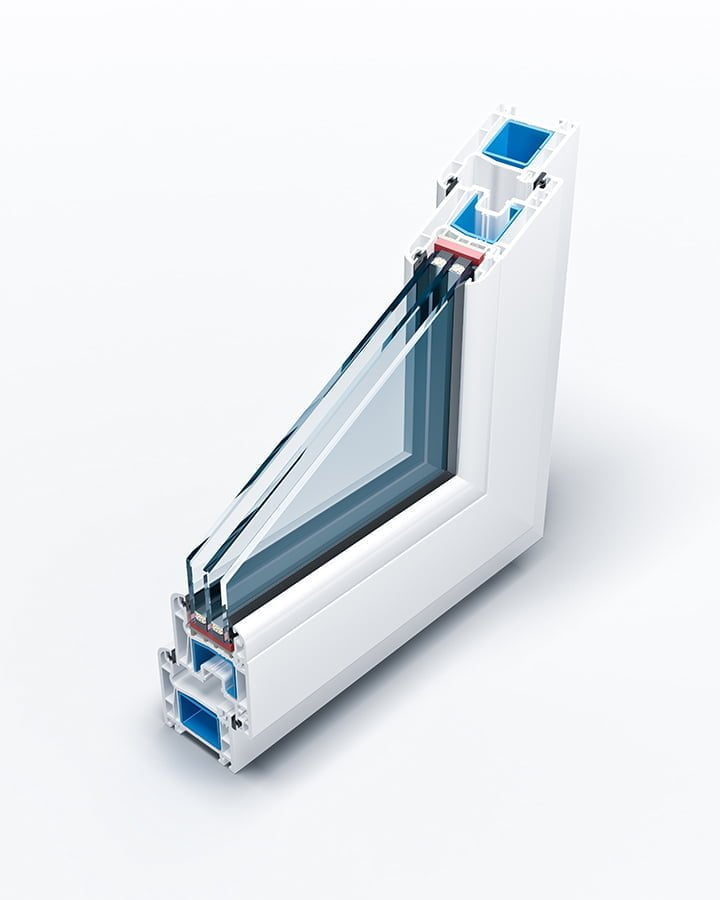
When it comes to window glazing, the number of panes can make a significant difference in energy efficiency. Double and triple glazing are two popular options that homeowners often consider.
Double glazed windows consist of two panes of glass with an insulating layer between them. This design helps reduce heat loss from your home, making it more energy-efficient than single-pane windows.
Triple glazed windows take things one step further by adding another pane of glass and another insulating layer. The extra insulation means even less heat escapes through the window, which translates into lower heating bills for you.
But while triple-glazed windows offer superior insulation compared to double-glazed ones, they also come at a higher cost. So if you’re on a tight budget or live in an area with mild winters where energy savings may not be as significant, double-glazed windows might be the better option for you.
Ultimately though, whether you choose double or triple glazing depends on your specific needs and preferences – something I’ll explore further in my next post!
Low-E Coatings
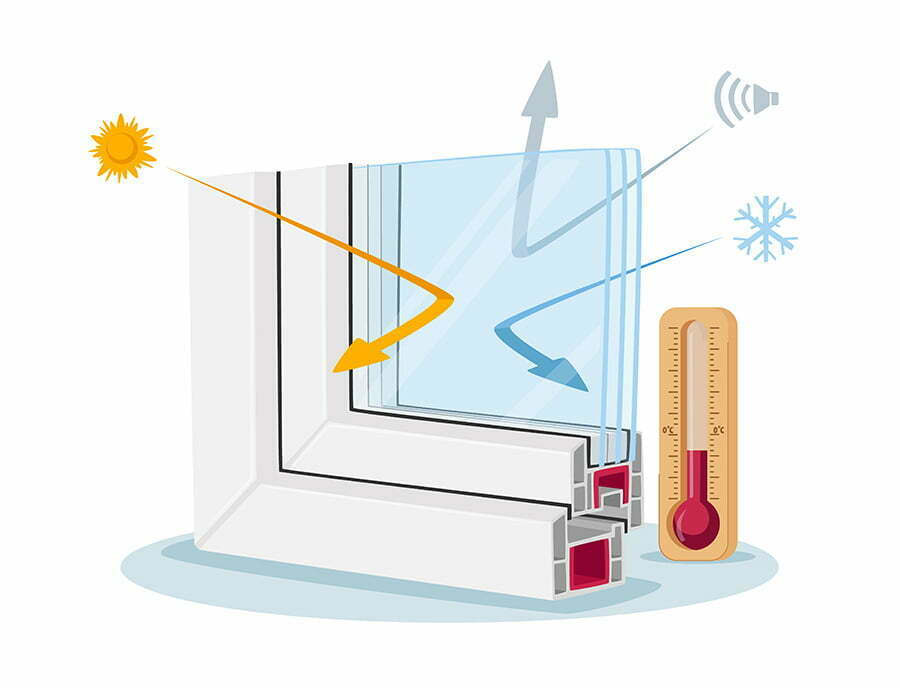
One of the most popular types of window glazing that can significantly improve energy efficiency is Low-E coatings. These coatings are made up of a thin layer of metallic particles that reflect heat back into your home during winter and keep it out during summer.
This means you’ll use less energy to heat or cool your home, which translates to lower utility bills.
As I learned more about windows and their impact on our homes’ comfort levels, I realized how much we take them for granted. But with advancements in technology like Low-E coatings, we have so many possibilities at our fingertips! It’s exciting to think about how much money we could save while also reducing our carbon footprint by making small changes like upgrading our windows’ glazing.
So let’s explore these possibilities together and see what other options are available for us!
Gas Fills: Argon & Krypton
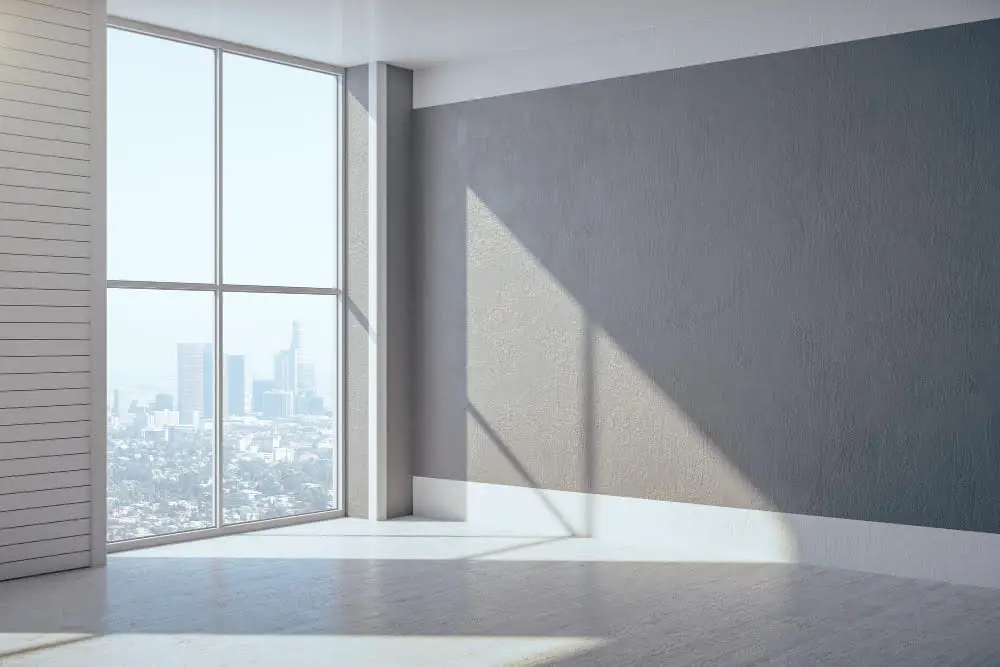
When it comes to window glazing, one of the most significant factors affecting energy efficiency is the type of gas used in between panes. Argon and Krypton are two gases commonly used for this purpose.
Argon is a non-toxic, odorless gas that’s denser than air. It’s often used as an insulating material because it reduces heat transfer through convection.
When argon-filled windows are installed in your home, they can help keep your indoor temperature stable by reducing heat loss during winter months and keeping out unwanted heat during summer months.
Krypton has similar properties to argon but is even denser than its counterpart. This makes krypton-filled windows more effective at reducing thermal conductivity and improving insulation performance compared to argon-filled ones.
So if you’re looking for ways to improve your home’s energy efficiency while enjoying a clear view outside, consider investing in windows with either Argon or Krypton fills – depending on what suits you best!
Frame Materials Impact
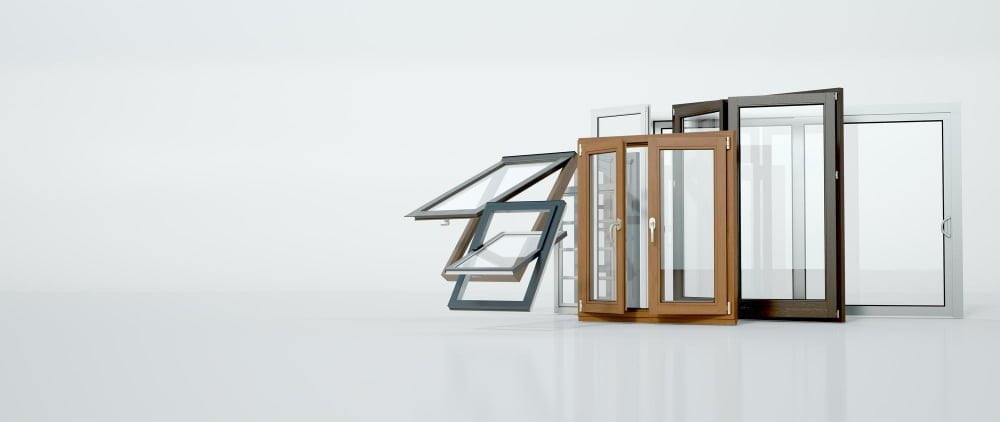
When it comes to energy efficiency, window glazing is just one piece of the puzzle. Another crucial factor that can impact your home’s energy performance is the frame material.
As a blogger who writes about house windows, I’ve seen firsthand how different materials can affect a window’s overall efficiency.
For example, wood frames are known for their insulating properties and classic look but require more maintenance than other materials like vinyl or fiberglass. On the other hand, aluminum frames are durable and low-maintenance but conduct heat quickly which makes them less efficient in terms of insulation.
As homeowners become increasingly aware of their carbon footprint and seek ways to reduce it while saving money on utility bills at the same time – choosing an appropriate frame material becomes even more important.
So when you’re considering new windows for your home or replacing old ones – don’t forget to take into account both glazing options as well as frame materials!
Installation Techniques

When it comes to window glazing, the installation technique plays a crucial role in determining its energy efficiency. A poorly installed window can lead to air leaks and heat loss, negating any benefits of high-quality glazing.
As I learned more about this aspect of windows, I realized that my childhood experience wasn’t unique – many homes suffer from inefficient windows that let in drafts and cold air.
But there’s good news: with proper installation techniques, you can maximize the energy-saving potential of your windows. One popular method is called “caulk-and-seal,” which involves sealing gaps around the frame with caulk or foam insulation tape.
Another option is using weatherstripping to seal off movable parts like sashes or casements.
Of course, these techniques require some expertise and attention to detail – something best left to professionals who specialize in window installations. But investing in quality installation will pay off over time by reducing your heating bills while keeping you cozy on those chilly winter days (and nights).
So don’t hesitate – explore all possibilities for efficient window glazing today!
Cost-Benefit Analysis

When it comes to window glazing, one of the most important things to consider is its cost-benefit analysis. Sure, energy-efficient windows can save you money on your energy bills in the long run, but they also come with a higher upfront cost than traditional windows.
So how do you decide if investing in them is worth it?
Well, let’s go back to my childhood memory for a moment. If my parents had invested in energy-efficient windows when I was young, we would have saved so much money on heating bills over the years! And not only that – our home would have been more comfortable during those cold winter months.
So while there may be an initial investment involved with upgrading your window glazing for better energy efficiency, it’s essential to weigh that against potential savings and increased comfort levels over time. Plus, don’t forget about any tax credits or rebates available for making these upgrades – they could help offset some of those costs.
In short: yes, there may be an upfront expense involved with improving your window glazing for better energy efficiency – but when you factor in long-term savings and improved comfort levels at home – this investment becomes well worth considering!
Recap
